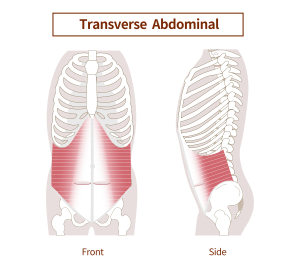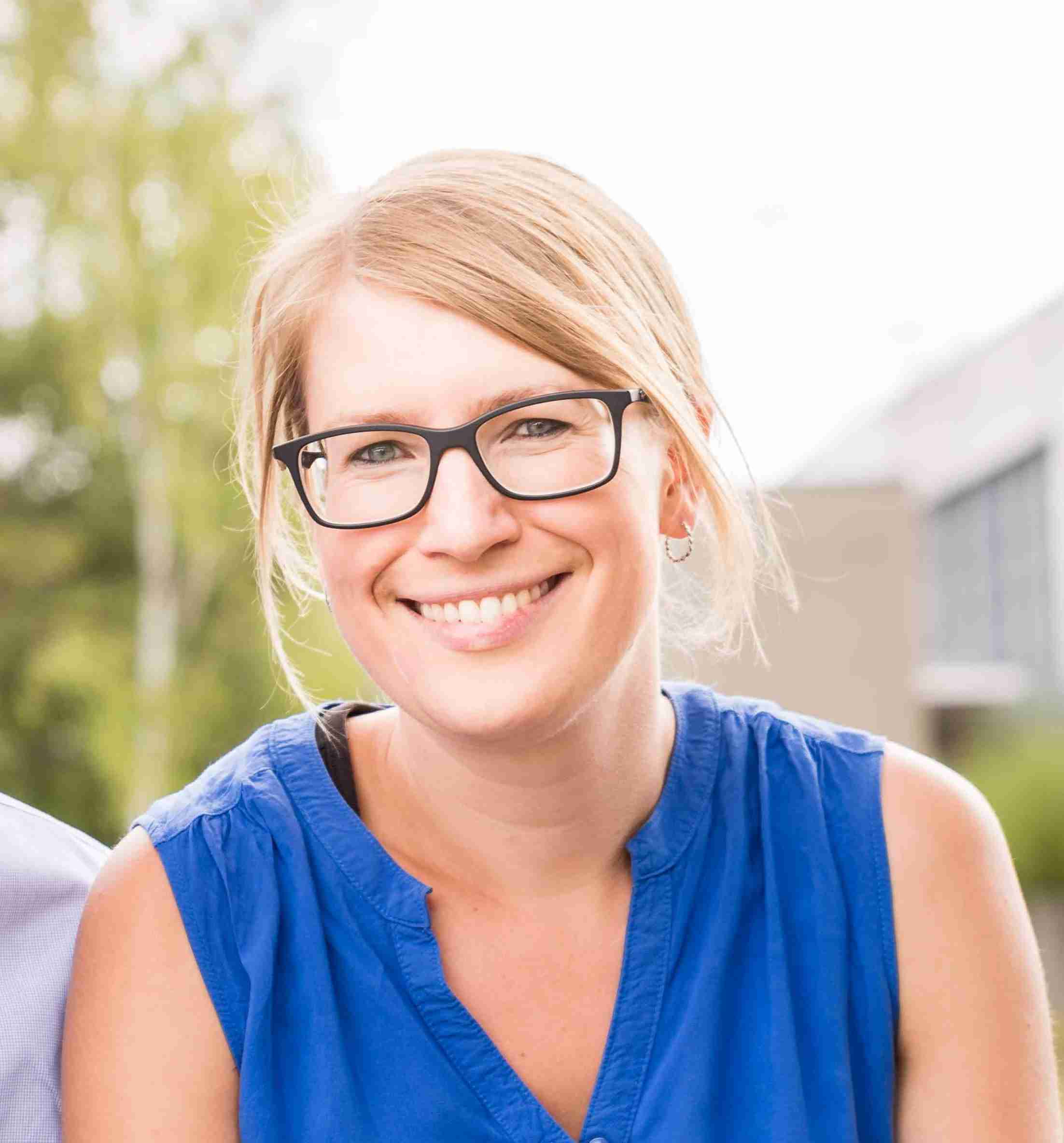The birth of a child is a transformative experience that significantly impacts a woman’s body. After giving birth, the process of puerperium (postpartum period) begins to return the body to its pre-pregnancy state. A particular focus during this time is on activating the deep muscles and pelvic floor. This article explores the key aspects of puerperium in the postpartum period and addresses common questions for new mothers.

What is puerperium and what does it mean?
Puerperium, also known as the postpartum period, is the phase immediately after childbirth when your body recovers from the stresses of pregnancy and delivery. This phase typically lasts about six to eight weeks. During this time, numerous processes occur, such as the contraction of the uterus and the healing of birth-related injuries.
What activities should you avoid during puerperium?

During puerperium, there are certain activities you should avoid to promote healing and avoid overexertion:
- Heavy physical exertion: Avoid heavy lifting, strenuous housework, or intense physical exercises.
- Stress: Try to avoid stress and overwhelm, as these can negatively affect the healing process.
- Sexual activities: Wait until your doctor gives you the green light to resume sexual activities to avoid infections and complications.
- Vaginal tampons: Do not use tampons, as they can increase the risk of infection. Pads are a safer alternative.
- Bathing: Avoid prolonged baths until postpartum bleeding (lochia) has completely ceased to minimize the risk of infection. Showers are generally safe.
What is pelvic floor activation and why is it important?
Pelvic floor activation refers to exercises that strengthen the muscles supporting the pelvic organs. These muscles play a crucial role in urinary continence, sexual function, and supporting the abdominal organs. Activating the pelvic floor muscles during puerperium helps prevent issues like urinary incontinence and pelvic organ prolapse.
Which Exercises Immediately After Birth?
Immediately after birth, only very gentle exercises should be performed to avoid interfering with the healing process and to support postpartum recovery. Additionally, lying on your stomach can help support the uterus in its recovery.
Exercises to Activate Deep Muscles and the Pelvic Floor

The most important thing is to start a few days after birth, as soon as you feel fit again, by consciously exhaling while lying down and pulling in your belly button. Pulling in the belly button and tightening the pelvic floor should be done repeatedly every day over the next few weeks.
For more on why this is very important, see the article on training deep abdominal muscles.

Simply exhaling activates the deep abdominal muscle, and pulling in the belly button helps the brain relearn how to engage the transverse abdominal muscle.
About 1 week after birth, if you feel fit, you can continue with the following exercises. If you had a cesarean section, consult your doctor or midwife first.
1. Breathing Exercises
How to do it: Lie on your back or sit comfortably. Place one hand on your chest and the other on your abdomen. Take a deep breath in, letting your abdomen expand while keeping your chest still. Exhale slowly.
Benefits: Promotes relaxation and activates the diaphragm and deep abdominal muscles.
2. Pelvic Floor Contractions (Kegels)
How to do it: Sit or lie down comfortably. Tighten your pelvic floor muscles as if you are trying to stop the flow of urine. Hold for a few seconds, then release.
Benefits: Strengthens the pelvic floor muscles, which are especially important after childbirth.
3. Pelvic Tilts
How to do it: Lie on your back with knees bent and feet flat on the floor. Gently tilt your pelvis upward, flattening your lower back against the floor. Hold for a few seconds, then release.
Benefits: Strengthens the lower abdominal muscles and relieves lower back tension.
4. Heel Slides
How to do it: Lie on your back with knees bent and feet flat on the floor. Slowly slide one heel away from your body until your leg is straight, then slide it back. Alternate legs.
Benefits: Gently activates the lower abdominal muscles.
5. Knee Drops
How to do it: Lie on your back with knees bent and feet flat on the floor. Gently drop one knee to the side while keeping your core engaged and your back flat on the floor. Return to the starting position and switch sides.
Benefits: Activates the obliques and deep core muscles.
6. Abdominal Bracing
How to do it: Lie on your back with knees bent and feet flat on the floor. Take a deep breath in, and as you exhale, draw your belly button toward your spine, engaging your deep abdominal muscles. Hold for a few seconds and release.
Benefits: Strengthens the transversus abdominis, the deepest layer of abdominal muscles.
7. Bridge
How to do it: Lie on your back with knees bent and feet flat on the floor. Lift your hips to form a straight line from your knees to your shoulders. Hold for a few seconds, then lower slowly.
Benefits: Strengthens the glutes, lower back, and deep abdominal muscles.
8. Leg Slides
How to do it: Lie on your back with knees bent and feet flat on the floor. Slide one leg straight out while keeping your back flat against the floor, then return to the starting position. Alternate legs.
Benefits: Gently activates the lower abdominal muscles.
9. Transversus Abdominis Activation
How to do it: Sit or lie down comfortably. Inhale deeply, and as you exhale, draw your belly button in towards your spine and hold for a few seconds. Release and repeat.
Benefits: Strengthens the deepest abdominal muscle layer.
Conclusion
Postpartum recovery is a crucial process for a young mother’s health and well-being. Focusing on activating the deep muscles and the pelvic floor is important to prevent long-term health issues. Gentle exercises, a balanced diet, and plenty of rest support this process. Every woman should take the time she needs and consult a doctor or midwife if uncertain. This way, the body can be strengthened and healthy as it transitions into the new phase of motherhood.
Further exercises can be found in the guide for postpartum exercises

Sonja ist Ernährungswissenschaftlerin und promovierte Epidemiologin mit langjähriger Erfahrung in der Gesundheitsforschung. Seit der Geburt ihrer beiden Kinder 2019 und 2023 beschäftigt sie sich intensiv mit dem Thema Rückbildung und der Thematik, wie man wieder einen gesunden und schönen Körper mit stabiler Mitte nach der Schwangerschaft bekommen kann. Sie möchte Euch helfen, nach der Schwangerschaft wieder fit zu werden!